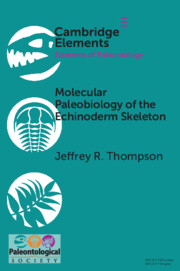An important principle of environmental science is that changes in single components of systems are likely to have consequences elsewhere in the same systems. In the sea, food web data are one of the few foundations for predicting such indirect effects, whether of fishery exploitation or following recovery in marine protected areas (MPAs). We review the available literature on one type of indirect interaction in benthic marine ecosystems, namely trophic cascades, which involve three or more trophic levels connected by predation. Because many indirect effects have been revealed through fishery exploitation, in some cases we include humans as trophic levels. Our purpose is to establish how widespread cascades might be, and infer how likely they are to affect the properties of communities following the implementation of MPAs or intensive resource exploitation. We review 39 documented cascades (eight of which include humans as a trophic level) from 21 locations around the world; all but two of the cascades are from shallow systems underlain by hard substrata (kelp forests, rocky subtidal, coral reefs and rocky intertidal). We argue that these systems are well represented because they are accessible and also amenable to the type of work that is necessary. Nineteen examples come from the central-eastern and north-eastern Pacific, while no well-substantiated benthic cascades have been reported from the NE, CE or SW Atlantic, the Southern Oceans, E Indian Ocean or NW Pacific. The absence of examples from those zones is probably due to lack of study. Sea urchins are very prominent in the subtidal examples, and gastropods, especially limpets, in the intertidal examples; we suggest that this may reflect their predation by fewer specialist predators than is the case with fishes, but also their conspicuousness to investigators. The variation in ecological resolution amongst studies, and in intensity of study amongst systems and regions, indicates that more cascades will likely be identified in due course. Broadening the concept of cascades to include pathogenic interactions would immediately increase the number of examples. The existing evidence is that cascade effects are to be expected when hard-substratum systems are subject to artisanal resource exploitation, but that the particular problems of macroalgal overgrowth on Caribbean reefs and the expansion of coralline barrens in the Mediterranean rocky-sublittoral will not be readily reversed in MPAs, probably because factors other than predation-based cascades have contributed to them in the first place. More cascade effects are likely to be found in the soft-substratum systems that are crucial to so many large-scale fisheries, when opportunities such as those of MPAs and fishing gradients become available for study of such systems, and the search is widened to less conspicuous focal organisms such as polychaetes and crustaceans.



